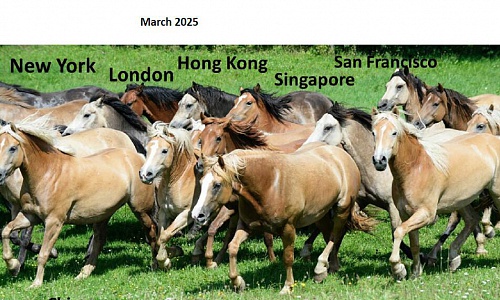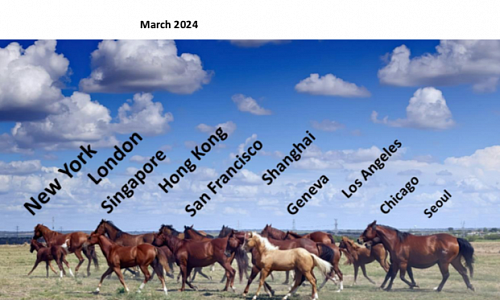
Date: September 13, 2024
Author: Dr. LIU Jie, Senior Research Fellow at CDI
In 2021, China transitioned to a moderately aging society, with the aging process set to accelerate, posing increasing challenges to healthcare and elderly care. The rapid aging phenomenon is marked by three key features:
- Trend: China’s aging population is poised to join the “fast lane.”
- Structure: The proportion of the very elderly population is steadily increasing.
- Features: Issues related to chronic diseases and disabled older adults are becoming more pronounced.
The China Population Aging Development Trend Forecast Report indicates that China will reach critical milestones in the acceleration of aging between 2035 and 2050, with the older adult population projected to peak in 2053. From 2021 to 2035, the older adult population is expected to increase from 300 million to 400 million, representing an accelerated growth rate. Simultaneously, the proportion of extremely old individuals (aged 80 and above) will continue to climb, accompanied by a sharp increase in the number of individuals with chronic conditions and disabilities.
Establishing a suitable integrated healthcare and elderly care service system has emerged as an urgent priority.
Insufficient Supply: Several integrated care models are still in their nascent stages. Nationwide, only 7,800 qualified institutions provide a total of 2 million beds, significantly insufficient to meet the massive demand. Rehabilitation hospitals and elderly care facilities often possess insufficient medical capabilities, and the medical support for home-based and community care is also inadequate.
Healthcare Payment Gaps: Existing medical payment systems fail to effectively support long-term hospitalization and rehabilitation for older adults, resulting in frequent transfers between facilities or significant out-of-pocket expenses.
Family Care Burden: The caregiving burden for families of disabled and cognitively impaired older adults is increasing annually. With the increase in the aging population and the decline in birth rates, many families struggle with the exorbitant costs of professional care.
Limited Long-Term Care Insurance Coverage: Although the number of pilot cities for long-term care insurance has expanded to 49, only approximately 1.34 million individuals get coverage, falling far short of the demand for disability care.
Addressing these challenges necessitates the development of a robust integrated healthcare and elderly care system.
1.Expand Integrated Healthcare and Elderly Care Services
To address the dual needs of healthcare and elderly care, resources must be coordinated to provide services tailored to demand, encompassing disease treatment, chronic disease management, postoperative rehabilitation, and long-term care. This entails:
Encouraging underutilized hospitals and medical institutions to transition into integrated care providers.
Implementing healthcare reimbursement policies in eligible elderly care facilities and promoting the development of medical services within these institutions.
Enhancing home-based and community care by augmenting the medical capabilities of community health centers, expanding the availability of family beds, and gradually strengthening the capacity of primary healthcare institutions to deliver in-home services for older adults.
2.Transition Secondary and Lower-Tier Hospitals to Integrated Care Facilities
Only 10% of hospitals in China are tertiary-level facilities, while secondary and lower-tier hospitals often struggle with operational difficulties and fail to meet the treatment, rehabilitation, and care needs of an aging society. Transforming these hospitals into integrated healthcare and elderly care facilities is essential. A referral mechanism should be implemented, enabling treatment-oriented hospitals to transition patients to rehabilitation hospitals, integrated care facilities, or elderly care institutions as part of a tiered medical system.
3.Achieve Universal Coverage of Long-Term Care Insurance
The coverage of social security-based long-term care insurance must be expanded, together with improvements in funding mechanisms and benefit guarantees, to ensure a government safety net. Additionally, commercial insurance companies should be encouraged to participate in pilot programs by offering personalized long-term care insurance products with tax incentives for buyers. By integrating insurance with care services, commercial insurers can help enhance the development of the care service system.
4.Expand Hospice Care Pilot Programs
Efforts should be undertaken to increase the number of hospice care facilities and strengthen the training of relevant medical staff. A bed-day payment model combining healthcare reimbursement and personal contributions should be investigated to meet the needs of terminally ill patients.
With the acceleration of China’s aging society, the integration of healthcare and elderly care will be vital in addressing the challenges posed by population aging to safeguard the well-being of older adults.








